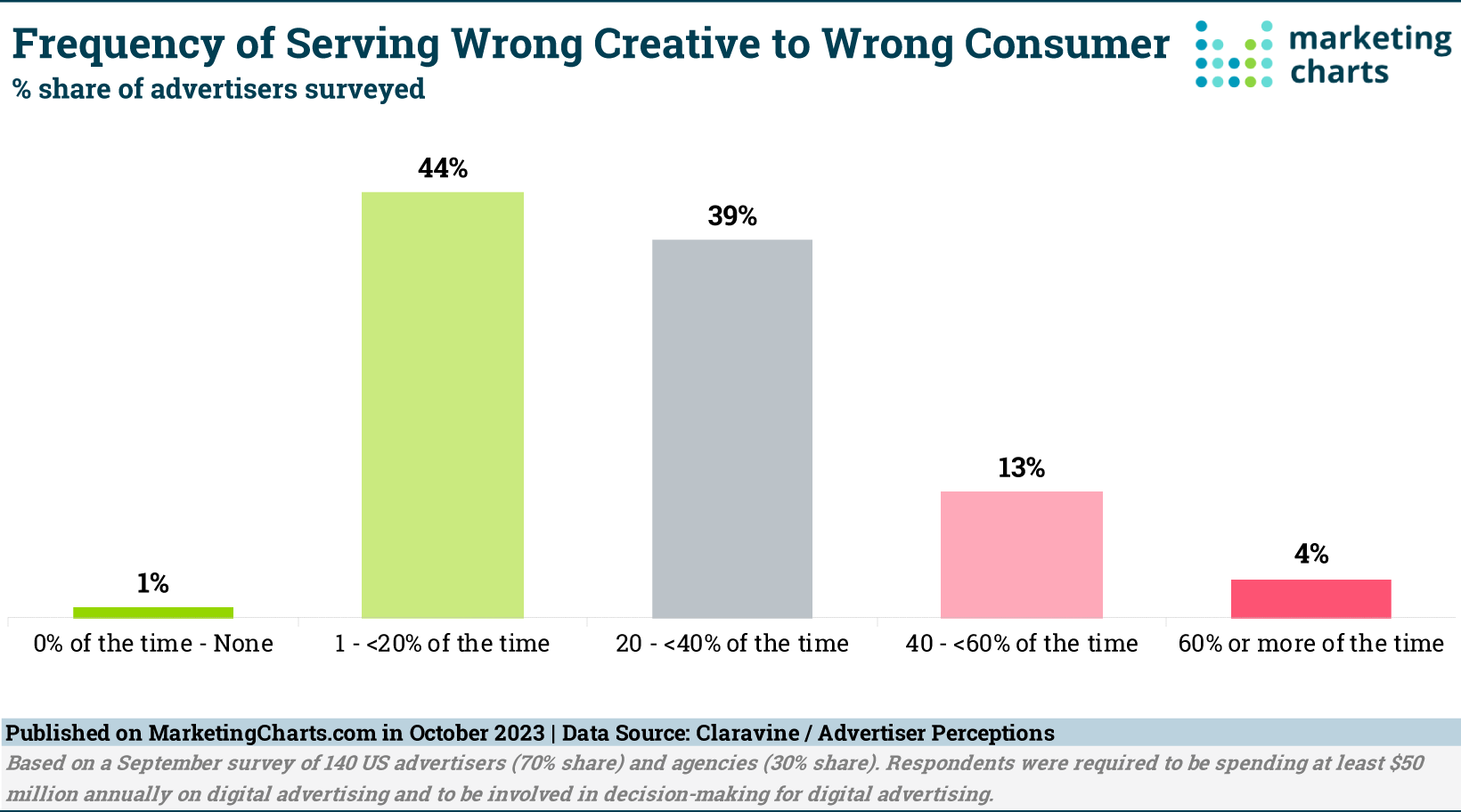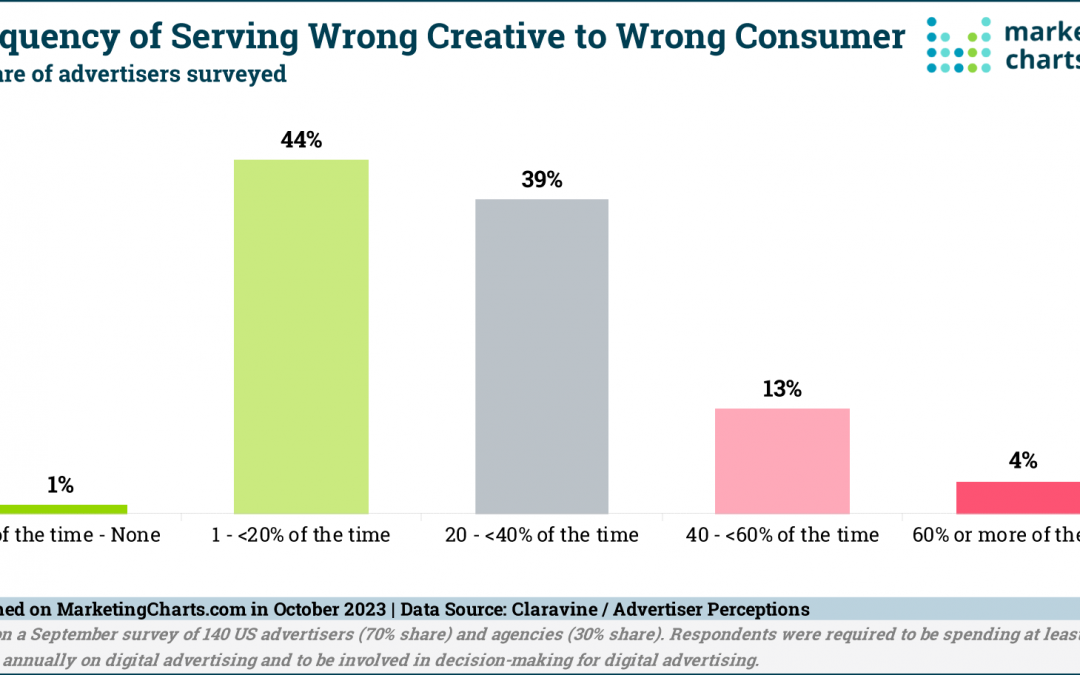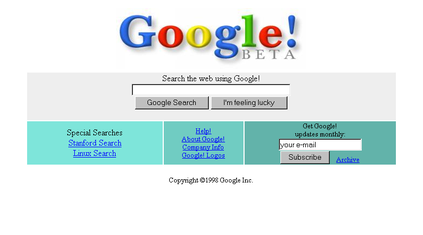I was born in the 1900’s.
I heard that line last month when comedian Nate Bargatze was hosting Saturday Night Live. Of course I didn’t watch it live on Saturday night, I saw it a few days later because we have YouTubeTV as our streaming service and my wife was catching up on some of her favorite shows.
Back in the 1900’s, (I’m talking about the century, not the decade) we saw a change in advertising targeting options mostly with the growth of cable TV that happened in the 1980’s and 1990’s and what that brought us as consumers was hundreds of TV viewing channel options instead of just the local broadcast TV signals.
Baby Boomers like my wife and I, Gen X and even Millennials like my kids are different from the current Gen Z in terms of media and entertainment experiences and choices. Social Media giant Facebook is on the cusp of being 20 years old, and that was a game changer. Media was not just one way from them to us. With Social Media, we all got the opportunity to have a voice online and share our thoughts and media beyond what the traditional media companies were offering.
A dozen years ago, I took a break from radio and worked for a couple of web based companies. Targeting to the “right people” was the sales pitch for these new digital advertising options which was pretty cool we thought. I mean if you could only send your ads to the people who are most likely to respond… that was a game changer too.
However, there are a few flaws with that kind of thinking because it ignores Human Behavior. I’ll dig more into that in the future but the basics are that we don’t just respond to targeted ads when they are presented to us, there has to be a need on our part to spend our money, or something stronger than a targeted ad that has created the desire within us.
There is a real problem with highly targeted ad placement, in that the controls for the systems that spit out those ads are not very reliable. Some of us are overserved ads for things we might want to buy is one flaw. Another is getting served ads AFTER we made the purchase because the algorithms haven’t been created to address that flaw.
MarketingCharts.com released a report that says:

Only 15% of US advertisers are very confident in their ability to see all creative running across all channels, and even fewer (13%) are very confident in their ability to tie creative performance back to campaign ROI, according to a survey commissioned by Claravine and conducted by Advertiser Perceptions.
In total, the advertisers surveyed – all of whom spend at least $50 million on digital advertising each year – estimate that the wrong creative is served to the wrong consumer about one-quarter (25%) of the time. That includes a majority (56%) who believe the wrong ad creative is served at least 20% of the time, and about one-sixth (17%) who estimate that it’s served to the wrong consumer at least 40% of the time.
Advertisers believe that their ROI would increase by an average of 29% if they were able to serve ad creative to the right consumer every time.
Now, I’m not at all against digital advertising, I just believe it’s not as complicated as some will have you believe.
Instead of targeting individuals, you need to go back to targeting known audience groups. You can do this with social media and other digital advertising but it’s what really what advertising was all about back in the 1900’s.
When mass media like radio, print, TV, heck even Cable TV were the choices business had, they used the characteristics of the media channels audience as the determining factor for where to spend their advertising money.
Going back to my knowledge and expertise in tracking digital targeted ads, I know that when you dig deep enough, all the data becomes less and less reliable.
I challenge you to think like a person, a consumer, a person that could be your customer and the habits and characteristics they have, and then create ad campaigns that speak to them with a relevant message on a form of media that they are likely to use.
If you’re in the Fort Wayne Indiana area, I can help you walk thru this process in person. Contact me, Scott@ScLoHo.net and we can set up a time to help you avoid all of these Digital Dispensaries and actually grow for the future.






